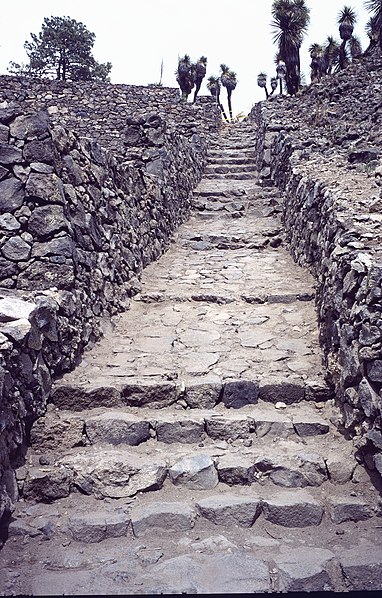Cantona Archaeological Site


Facts and practical information
The Cantona Archaeological Site in Mexico stands as a testament to the pre-Columbian era, showcasing the remnants of one of the largest and most complex urban centers in Mesoamerica. Occupying a remote and rugged terrain in the Puebla state, this ancient city's origins trace back to as early as 600 AD, reaching its apex between 600 and 1000 AD.
Cantona, known for its unique architectural style, is characterized by its extensive road networks, more than 3,000 patios, ball courts, and a formidable acropolis. Unlike many other Mesoamerican sites, Cantona's structures are predominantly constructed from volcanic rock without the use of mortar, giving the site its distinctive and enduring appearance.
One of the most fascinating aspects of Cantona is its urban planning. The city was meticulously organized, with residential and administrative areas strategically positioned for optimal functionality. The site spans an impressive 12 square kilometers, and at its peak, it is estimated to have had a population of around 80,000 inhabitants, making it one of the largest pre-Hispanic cities of its time.
Despite its scale and significance, Cantona remains one of the lesser-known archaeological treasures in Mexico, offering a tranquil exploration experience away from the crowds that flock to more famous sites like Teotihuacan and Chichen Itza. Its obscurity in the past has played a part in its preservation, allowing visitors today to wander through its ancient streets and imagine life in a thriving Mesoamerican city.
Puebla
